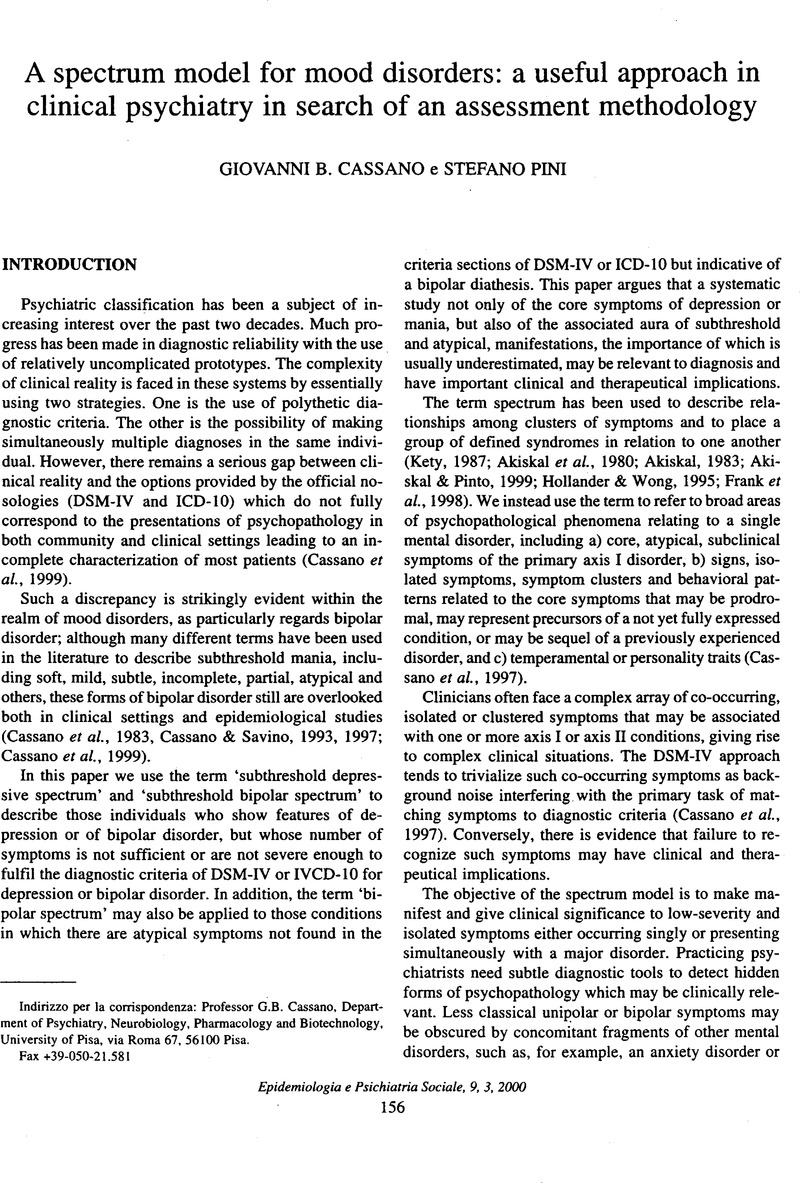Crossref Citations
This article has been cited by the following publications. This list is generated based on data provided by Crossref.
Rucci, Paola
and
Maser, Jack D.
2000.
Instrument development in the Italy-USA Collaborative Spectrum Project.
Epidemiology and Psychiatric Sciences,
Vol. 9,
Issue. 4,
p.
249.
Hardoy, Maria Carolina
Serra, Mariangela
Carta, Mauro Giovanni
Contu, Paolo
Pisu, Maria Giuseppina
and
Biggio, Giovanni
2006.
Increased Neuroactive Steroid Concentrations in Women With Bipolar Disorder or Major Depressive Disorder.
Journal of Clinical Psychopharmacology,
Vol. 26,
Issue. 4,
p.
379.
Goracci, Arianna
Fagiolini, Andrea
Salviulo, Carmela
Forgione, Rocco Nicola
Martinucci, Mirko
and
Castrogiovanni, Paolo
2009.
Panic agoraphobic spectrum in psychiatrically healthy subjects: Impact on quality of life.
Epidemiologia e Psichiatria Sociale,
Vol. 18,
Issue. 1,
p.
65.



